By Eric T. Baker
New for the PC is Battlefront Games’ real-time squad-level strategy game, Theatre of War. Four years in the making and vetted by three historians, ToW is one of the most accurate portrayals of squad-level combat ever done in a fully 3-D computer game. It is not just that the game has 150 vehicles, 200 uniforms, and 100 types of weapons. It is that all these elements are employed more intelligently and more realistically than in other video games. For instance, even though men are grouped in squads, their statistics and guns are tracked individually. Even without being prompted, soldiers will pick up dropped weapons, or reinforce gun crews, but the player can also micromanage to the point of telling soldiers which ammo to use in their guns.
A typical force for a ToW scenario is one ATR squad, one Infantry squad, two Bofors 37mm AT guns, two 75mm Field guns, and an armored car. The game has five historical campaigns representing five different nations: United States, England, Russia, Germany, France, and Poland. The campaigns include 40 scenarios based on real battles from the war. There are also five noncampaign battles and three training scenarios. Overall, ToW is a game that is both amazingly impressive in its detail and yet still very playable.

On the other hand, Call of Duty 3, from Activision, seems to be for every system in the world except the PC. There are versions for the Xbox and PS2, but the game is really designed for the next generation consoles, the 360, the PS3, and the Wii, where the better graphics and greater online options will allow for more robust game play. Like the previous games in the series, CoD3 is a first-person shooter in which the player experiences the war from down the iron sights of a rifle. In this version, the players can also have their characters fight hand to hand as well as do some battlefield tasks like wiring explosives.
The classic divide is on display in comparing ToW and CoD3. One is trying to model the war as it was and the other is trying to give a cinematic representation of the war experience. Both games want to immerse the player in the action, but CoD3 is willing to cut some corners on reality to reduce the frustration that comes from having to deal with all the realities soldiers faced. The single-player campaign of CoD3 is a good game, and when it is combined with the multiplayer option to let up to 24 humans fight each other, it is a very good game.
In yet a third genre is Shifting Sands, a card- driven board game from Multi-Man Publishing. This game models the Desert War in North Africa from 1940 to 1943 at the strategic level of divisions. Damaged divisions become battle groups, and there are infantry and armor versions of both types, but that is it for unit differentiation. The heart of the game is keeping units in supply while cutting off the enemy’s units, and the key to managing this is using the strategy cards to best effect. There is a deck for each player, and on any given turn, the player can use a card for one of four things. All of the uses are “right,” but depending on the situation, some are “righter” than others.
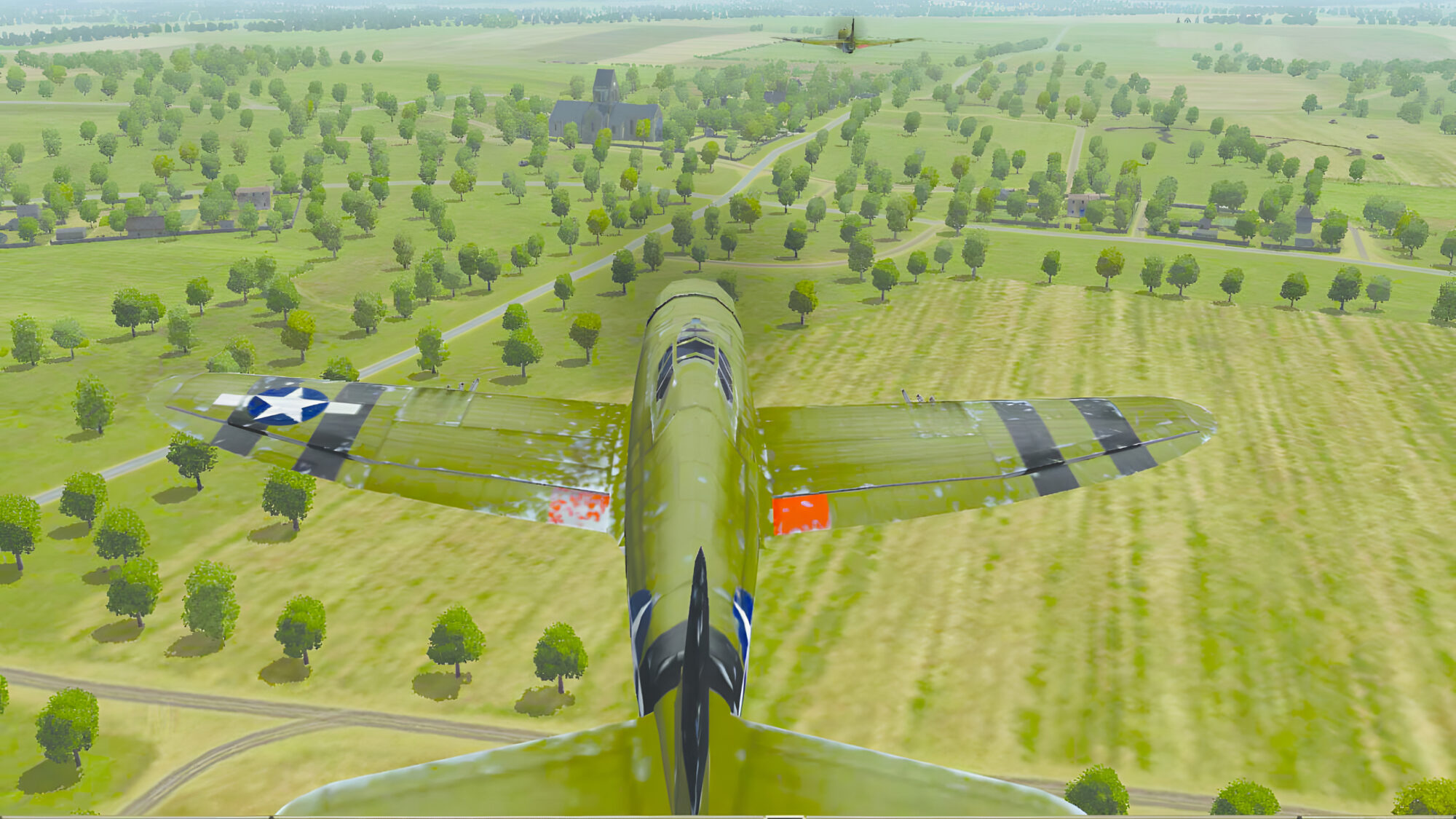
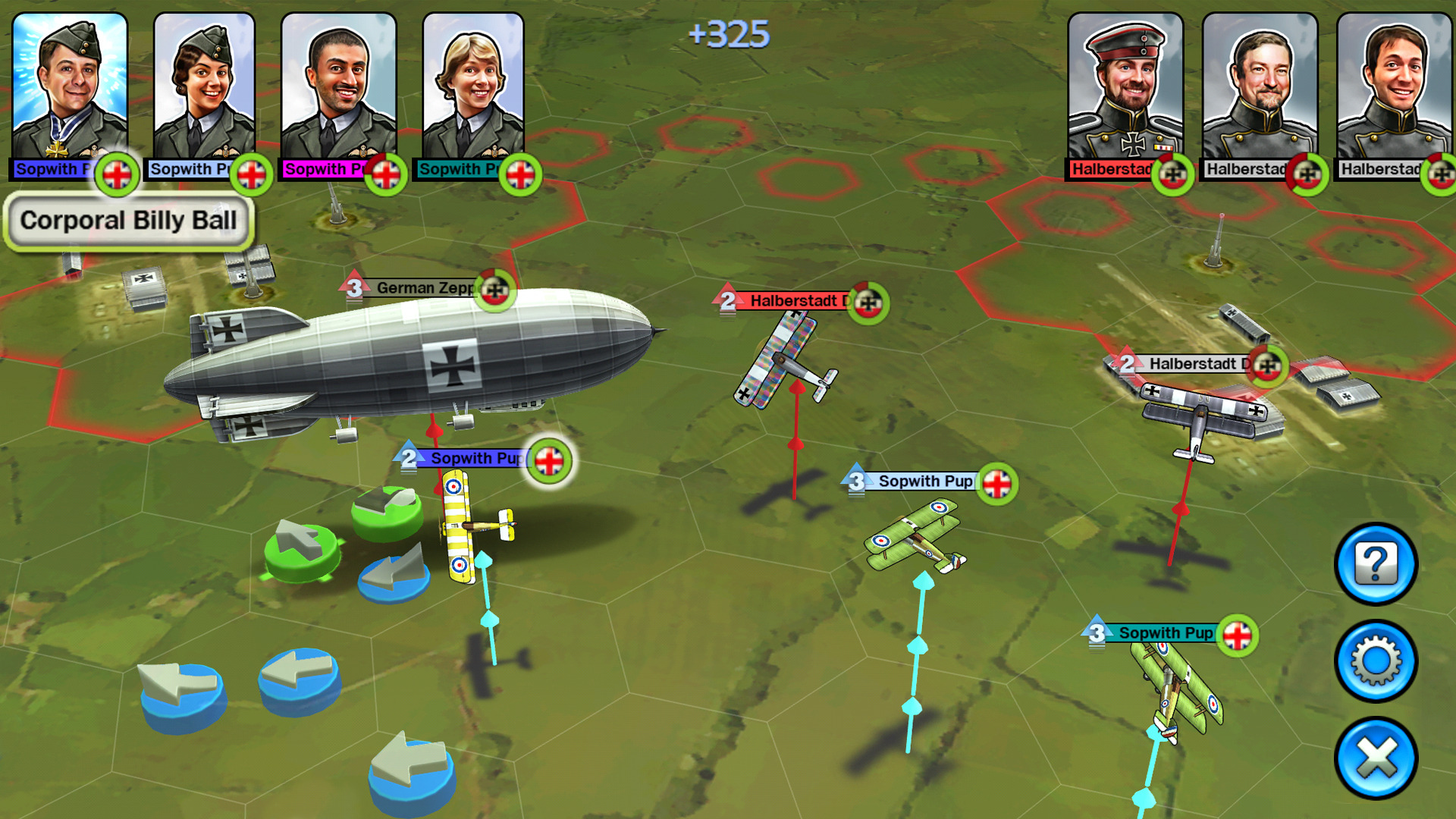
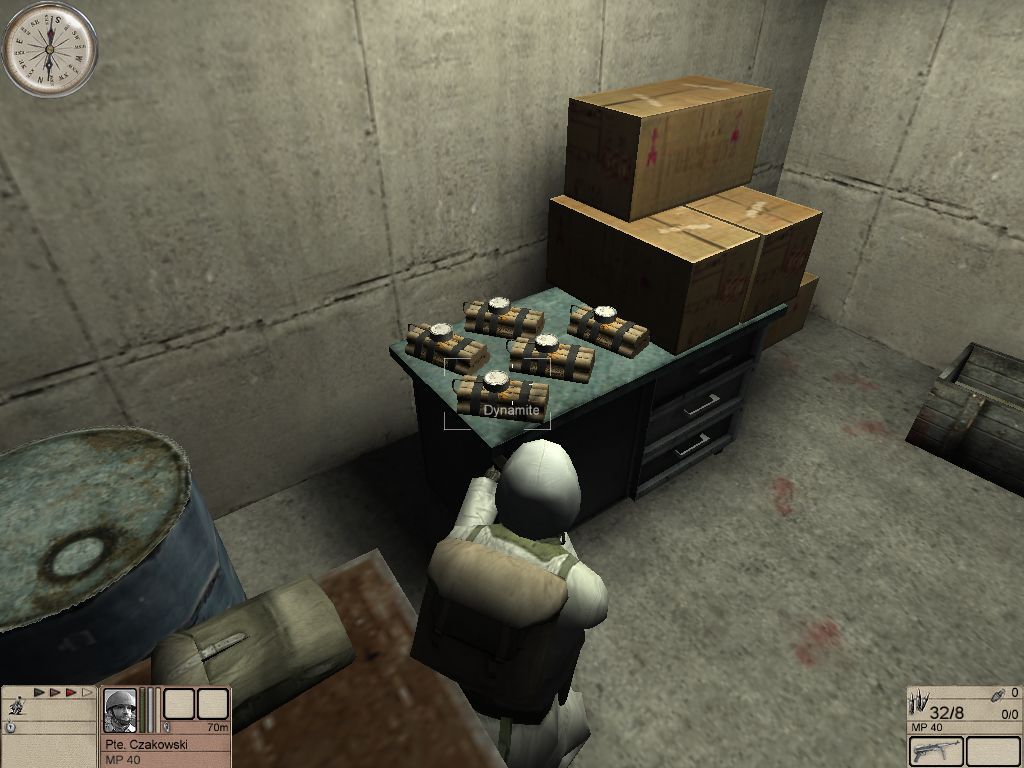
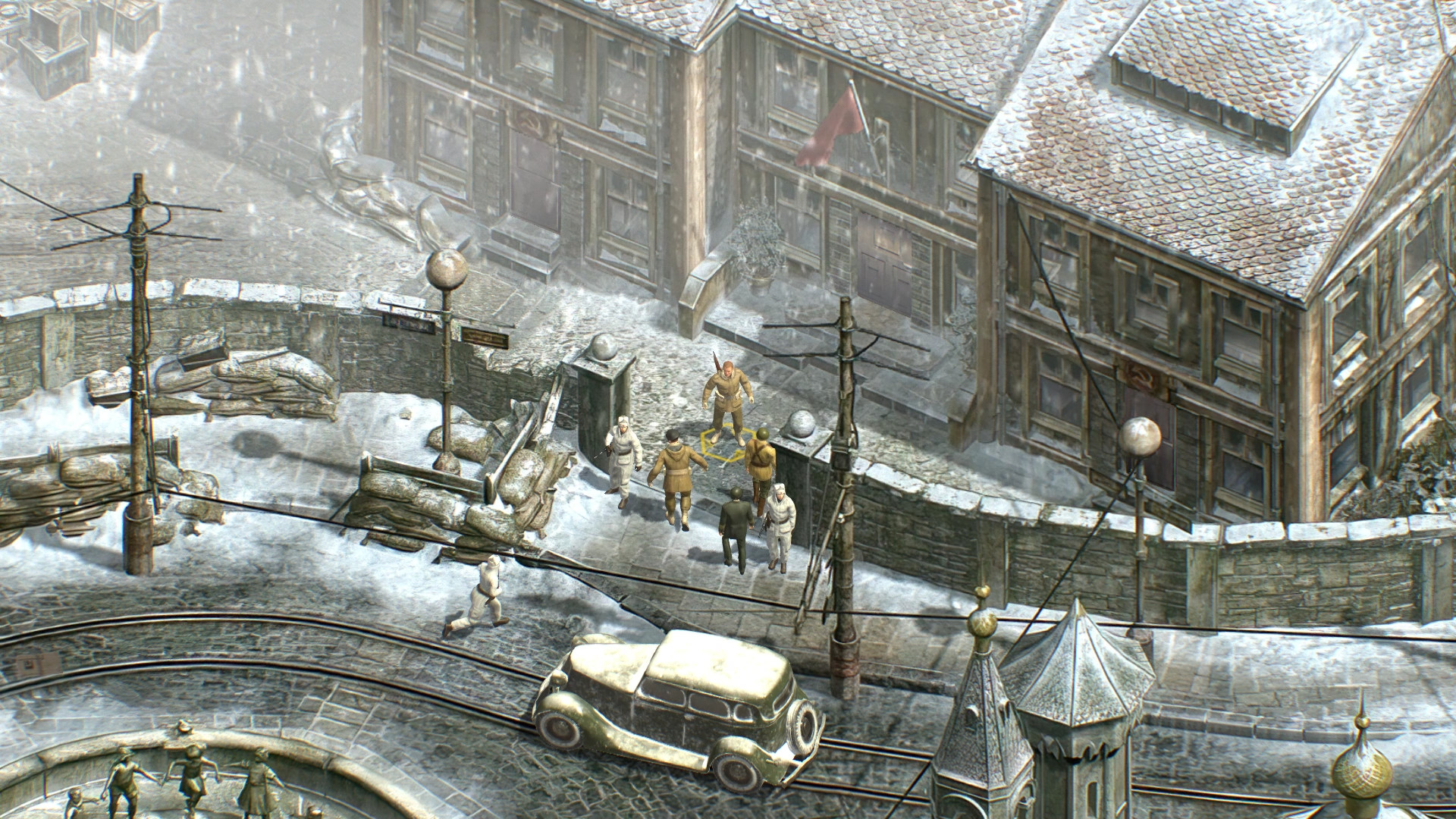
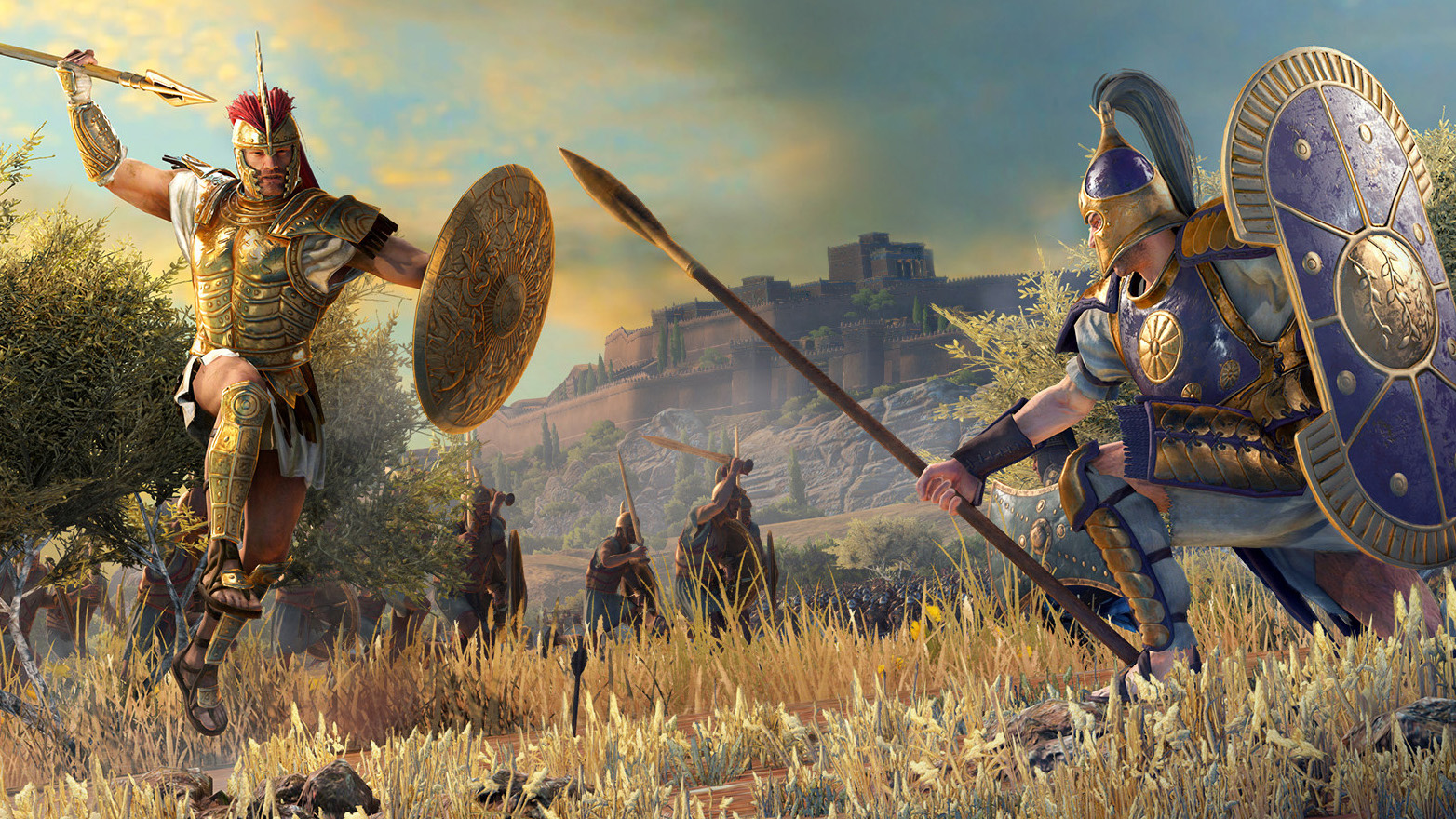
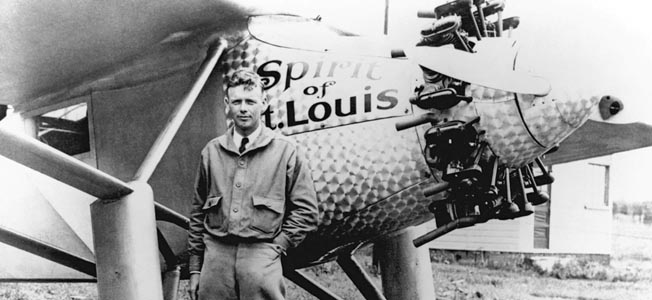
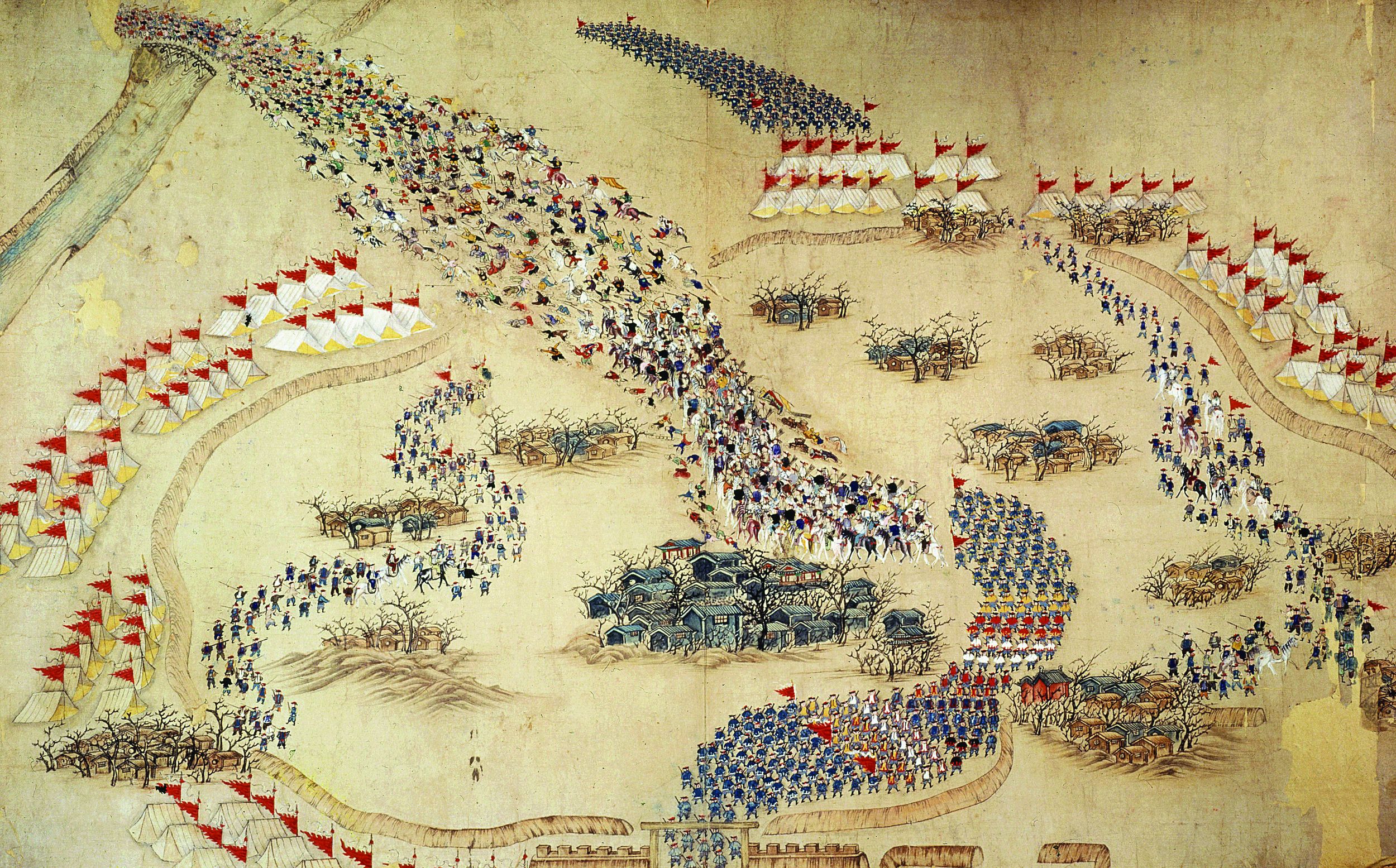
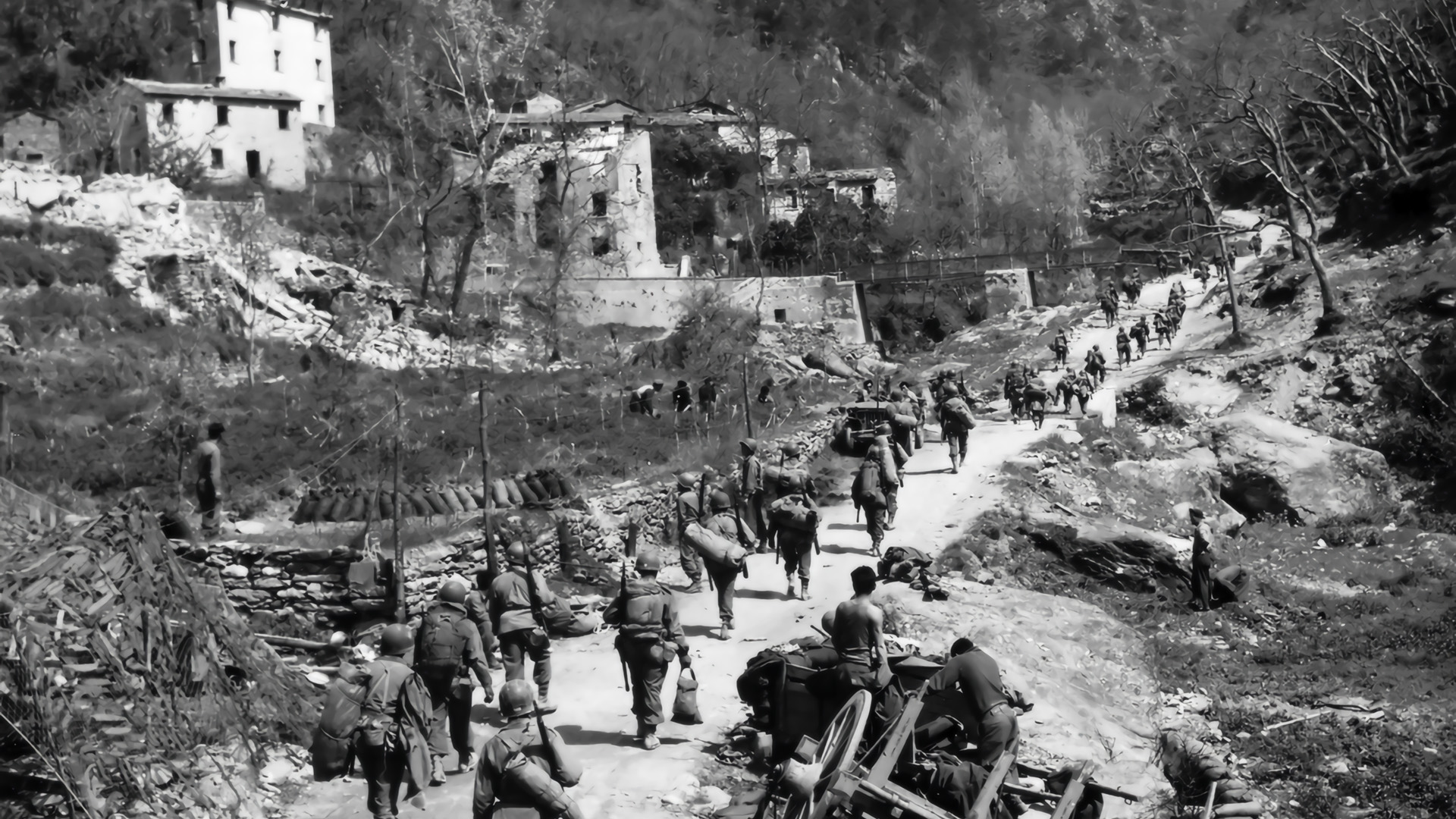
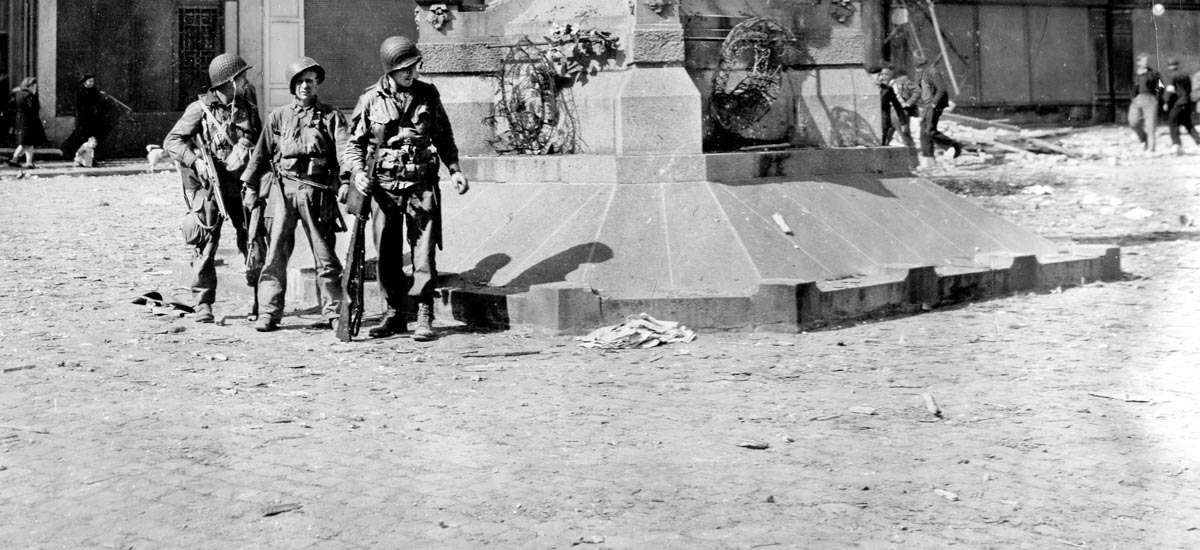
Join The Conversation
Comments
View All Comments